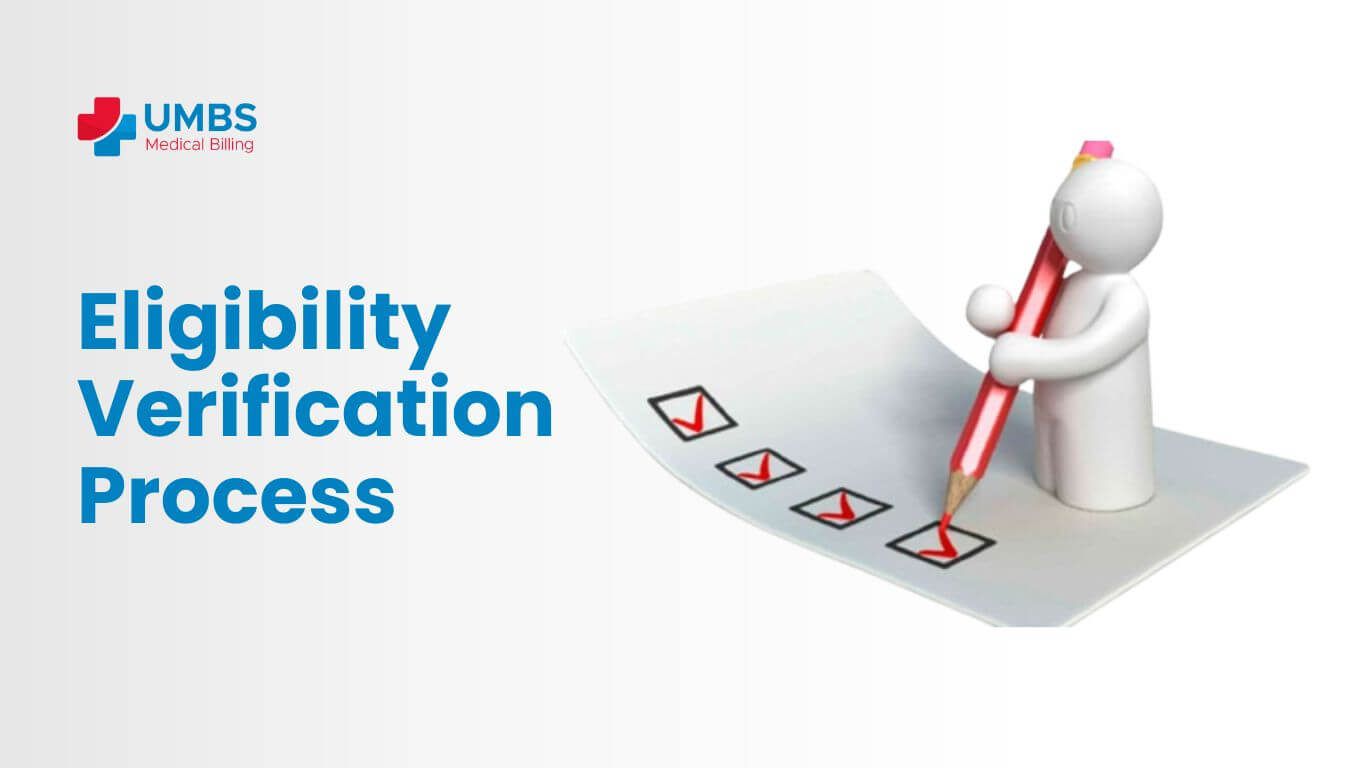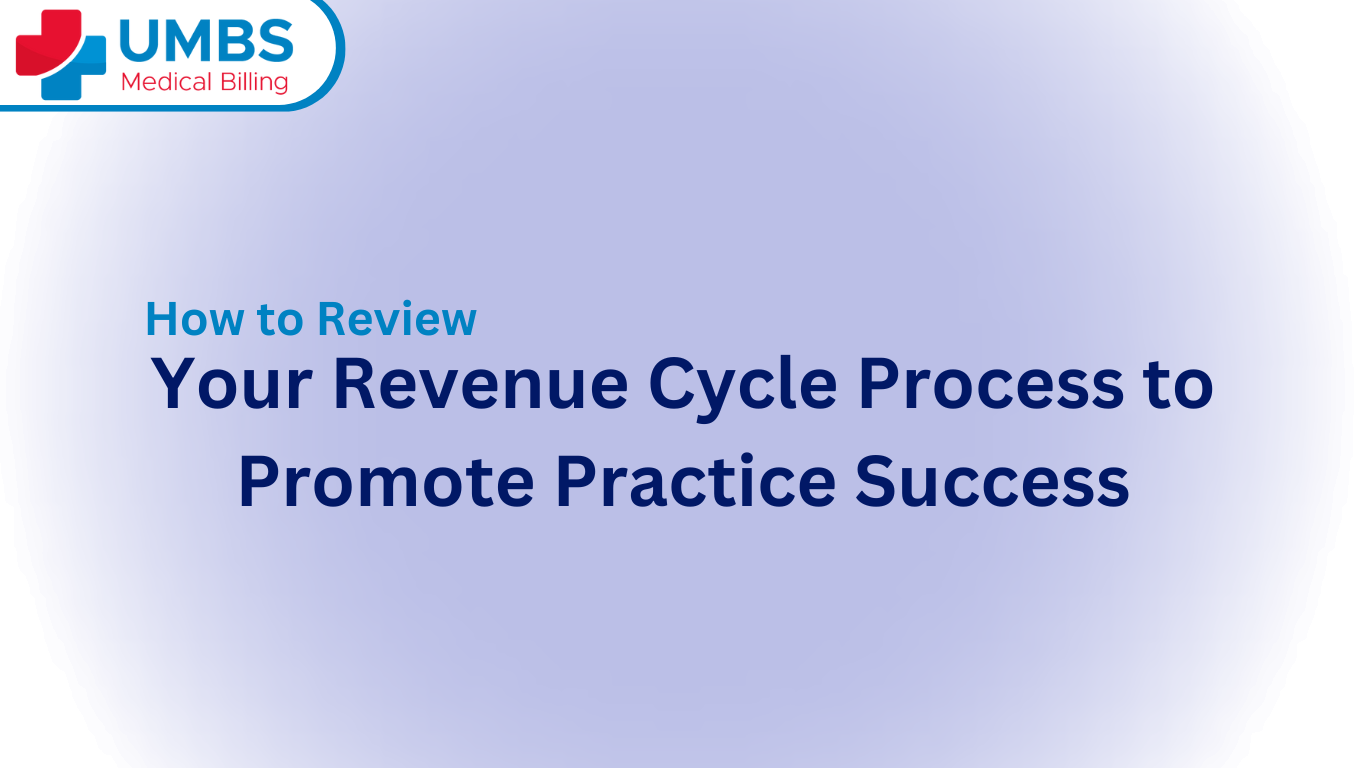Insurance eligibility verification is a crucial aspect of healthcare that practitioners must perform before providing services to patients. In this process, the healthcare providers verify the patient’s insurance coverage, benefits, and eligibility to ensure timely payments and prevent claim rejections.
Insurance eligibility verification is associated with many benefits, including improving patient experience, ensuring compliance with regulations, and reducing claim rejections. In this article, you will learn about the procedure of insurance eligibility verification and its benefits for both patients and providers.
Insurance eligibility verification is a complicated process that involves complex insurance policies and regulations and healthcare providers face challenges in the verification process. However, the verification is mandatory otherwise healthcare providers can face billing errors and unsatisfied patients.
Health Insurance Eligibility Verification:
Insurance eligibility verification is the procedure to verify the insurance coverage benefits of the patient before providing healthcare services. This procedure is mandatory to ensure that the patient’s insurance plan is active and that the services they will provide covered under the plan.
Healthcare providers’ staff takes patients insurance information including their insurance policy number, group number, and subscriber name. The staff can perform this procedure manually or electronically by contacting the insurance provider.
This procedure helps in timely payment and prevents claim rejections that occur as a result of coverage problems or wrong patient information. Insurance eligibility verification ensures transparency in the billing process, patient satisfaction, and compliance with regulations.
The Procedure of Insurance Eligibility Verification:
Here are the following steps involved in the insurance eligibility verification process:
- Gather patient information:
The healthcare providers gather patients’ information that includes name, DOB, insurance policy number, and group number.
- Identity Verification:
The healthcare providers make sure the photo ID, insurance card, and other relevant documents are complete and are of the same person. Getting front and back copies of the patient’s insurance cards is necessary.
- Confirm the Insurance Coverage:
The practitioner confirms the insurance coverage by gathering the following information.
- Name of the policyholder
- Policy effective date
- Policy term date
- Get the patients’ co-pay or coinsurance if any
- Find any patient’s deductible and accumulations
- Check pre-authorization requirements
- Out-of-network coverage
- Prior Authorization:
If prior authorization is required, contact the payer for their authorization process.
- Inform the patient about their financial Responsibility:
The healthcare provider should inform the patient about their financial responsibility and collect the patient’s responsibility before their scheduled appointment.
Insurance Eligibility Verification Benefits for Providers:
It helps providers to collect due payments from patients at the time of service. Providers can collect necessary authorizations before providing services. It promotes correct billing and higher clean claim rates and determines the billing order for more than one active policy.
Insurance Eligibility Verification Benefits for Patients:
It helps patients to prevent surprise bills and plan their financial obligations. Patients can find another low-cost provider or any other insurance policy before getting the services.
Importance of Medical Insurance Eligibility Verification:
Medical insurance verification is the most significant part of revenue cycle management. It increases clean claim rates and ROI. If you proceed without insurance verification, you will have a high claim denial rate. Clarifying service costs before providing patient services also improves patient experience. It helps in identifying the patients’ responsibility that let you collect more co-pays and co-insurances to improve cash flow and minimize collection delays.
Another important benefit of insurance eligibility verification is increased patient satisfaction as it reduces the chances of surprise bills. Patients who know about insurance coverage before getting services are satisfied because they have received transparent billing.
Moreover, it also minimizes administrative costs and helps in smooth business operations. It reduces billing errors, increases efficiency and allows doctors to focus on critical tasks.
All these medical billing and revenue cycle management tasks are time-consuming, therefore, it is suggested to outsource medical billing services to a reputable company and focus on providing the patients’ care services. United Medical Billing is a reputable company serving a large number of clients. Contact us today for transparent billing.






